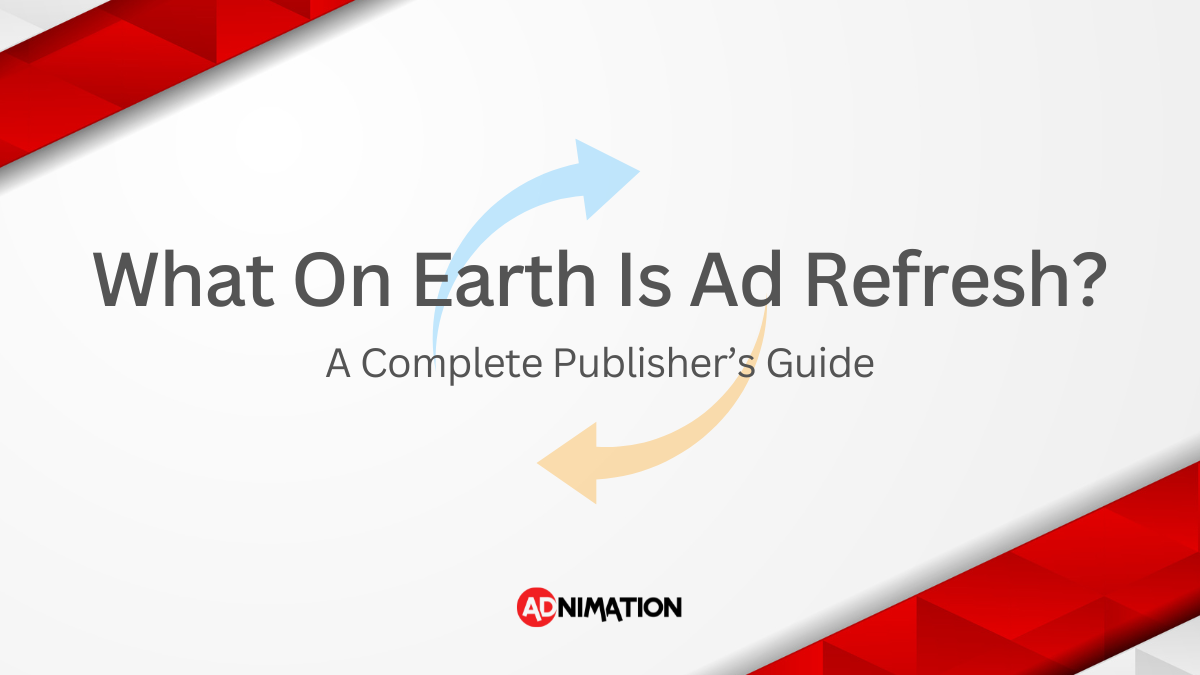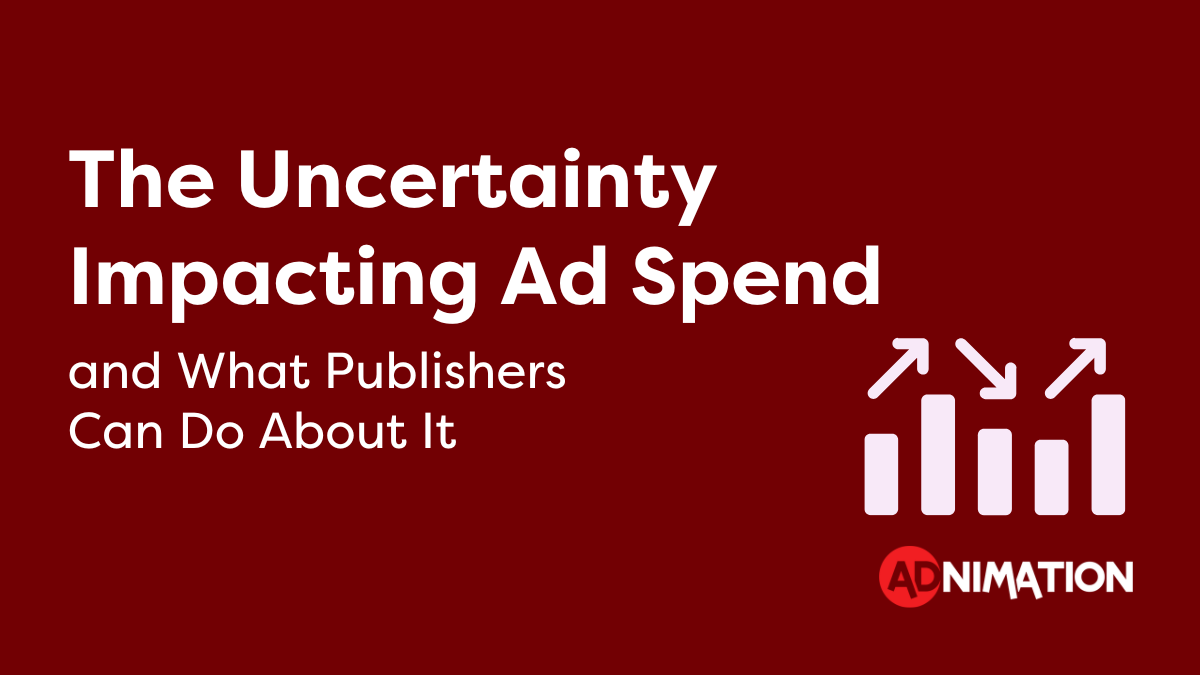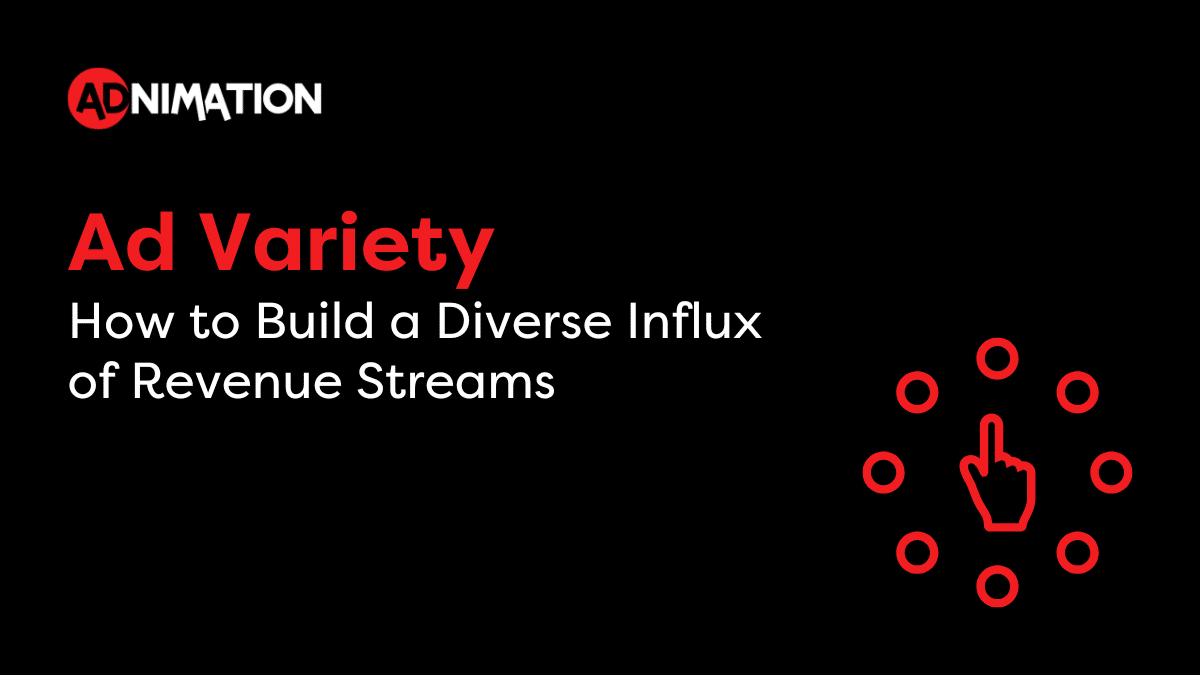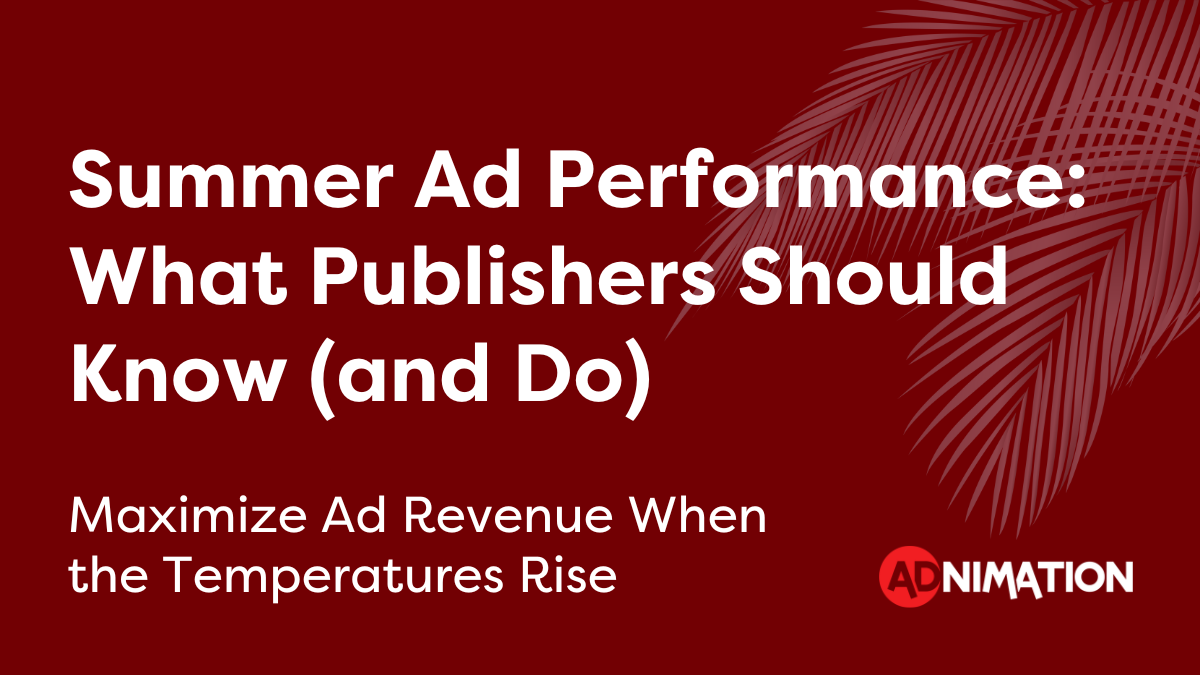Ad refresh is a monetization tool that has been gaining popularity in recent years.
In this article, we will explain everything you need to know about ad refresh. We’ll cover the different types, the best practices, and the overall effects on your revenue and UX.
What is Ad Refresh?
Ad refresh, also known as auto-refresh ads, is a technique used to automatically refresh ads on a website. This enables publishers to display more ads to the same user in a single session. As a result, publishers have the potential to generate more ad revenue.
However, ad refresh can also have ramifications on UX, especially if implemented incorrectly. But before delving into the best practices, let’s go over the four types of ad refresh: time-based, user action-based, event-based, and viewable refresh.
Time-Based Ad Refresh
Time-based ad refresh is triggered after a specific amount of time has elapsed, regardless of user actions or website events.
For example, an ad may be set to refresh every 30, 60, or 90 seconds. This type of ad refresh is often used to ensure that users are seeing fresh content on the site.
The minimum refresh allowed by Google is 30 seconds. We recommend using varying intervals depending on ad location (i.e. above-the-fold, sticky, in-content). The reason for this is because different ad units require their own consideration. For example, a sticky ad that is always on the screen should be refreshed much less than an in-content ad that users scroll past relatively quickly.
It’s important to note the downside to time-based ad refresh.
Imagine you are browsing a website, and then get a call, or need to go to the bathroom. You leave your computer, but the ads continue to refresh.
This means that the ad impressions are increasing, but no one is clicking on them, let alone seeing them. This can lead to advertisers bidding less on your inventory, which will impact the desirability of your ad inventory.
Event-Based Ad Refresh
Event-based ad refresh is triggered by specific events that occur on a website, such as a page loading, a video starting or stopping, or a news ticker updating. When the event occurs, the ads on the page are refreshed to show new content.
With event-based ad refresh, there is still a risk of ads refreshing while no one is at the computer, but the risk is mitigated.
User Action-Based Ad Refresh
User action-based ad refresh is triggered by a user’s actions on a website, such as scrolling down a page or clicking on a link. When the user takes a specific action, the ads on the page are refreshed to show new content.
This method ensures that ads only refresh when the user is actually by his or her computer or phone. However, there is still a chance that the ads are not in the user’s viewport, which is why the next solution is critical.
Viewable Ad Refresh
Viewable ad refresh is only triggered when the ads are in the user’s viewport. In other words, the ads are only refreshed if they’re on the user’s screen.
That’s why viewable refresh combined with a time-based element is Adnimation’s go-to ad refresh method. It ensures that you are getting the maximum possible impression while still maintaining high ad viewability and UX.
This is key in driving revenue and providing advertisers with a quality ad inventory.
Pros of Ad Refresh
There are several key benefits to implementing ad refresh on your site, including:
Increased Ad Impressions
By reloading the ads on the page automatically, ad refresh increases the number of ad impressions and the potential revenue from those impressions.
Improved Ad Relevance
Refreshing the ads helps keep them relevant to the user’s interests and behavior, potentially leading to higher engagement.
Better Performance Metrics
Ad refresh can also improve performance metrics like click-through rate (CTR) and conversion rate, leading to higher revenue.
Cons of Ad Refresh
Here are the cons of ad refresh.
It’s important to note that the cons are largely associated with poorly implemented ad refresh. If you follow the best practices for ad refresh (see below), the cons will be dramatically reduced.
Impact on UX
Ad refresh can be seen as intrusive or annoying by users if it is not implemented properly.
Lower Ad Viewability and Engagement Rates
When ads are refreshed too frequently users may become desensitized to them or simply ignore them altogether.
Negative Impact on Page Load
Without correct implementation, ad refresh can negatively impact website performance and page load times.
Ad Refresh Best Practices
To ensure that ad refresh is implemented effectively and does not negatively impact UX or ad performance, you should follow these best practices:
Don’t Overdo It
This is by far the #1 most important best practice when it comes to ad refresh.
Whatever you do, don’t overdo your ad refresh. If you refresh your ads too frequently, it will not only harm your UX and cause users to leave, but it will also harm your CPM as advertisers will flag your ad inventory.
Lastly, overdoing ad refresh can get you into trouble with your ad network.
Use Viewable Refresh
As explained earlier, viewable ad refresh ensures that the ads only refresh when they’re in the user’s viewport.
By utilizing this technology, you can ensure that ads aren’t refreshing when you can’t even see them.
Don’t Violate Any Policies
Different ad networks have different policies when in comes to ad refresh. As noted above, Google has a minimum of 30-seconds that it allows in between ad refreshing.
Before implementing ad refresh, make sure you are in compliance with all the relevant ad networks and demands.
Do A/B Testing
Every website is unique, which means that every website will need to find its own optimal solution. That’s where A/B testing comes in.
Before settling on an ad refresh strategy, it behooves you to do A/B testing to see which works best for you.
How to Implement Ad Refresh on Google Ad Manager
You can implement ad refresh on Google Ad Manager by following the below steps.
However, we recommend using a custom solution that’s built in to the head code, which allows for more detailed usage and more control than what GAM allows. That’s why we always use a custom code developed by our team.
For the GAM solution, follow these steps:
- Sign into Google Ad Manager
- Click Inventory > Ad Exchange rules > Publisher declarations
- Click the relevant inventory type sub-tab (Display, for example)
- Click New [inventory type] publisher declaration
- Name your declaration
- Decide which inventory to include and exclude
- You can choose to make the ad units stick ads
- Check the boxes under “Refresh triggers” to indicate that the selected inventory refreshes
- For each refresh trigger, specify the minimum time interval between ad refreshes
- Save
You can read further details here.
Is Ad Refresh Right For Me?
100% Yes!
However, you need to make sure to implement the best practices or the answer turns to 100% NO!
If you’re not experienced with managing and optimizing ad refresh campaigns, we recommend partnering with a reliable Google Certified Publishing Partner (GCPP) like Adnimation.
Our monetization experts ensure that your ad refresh is implemented correctly, without affecting your UX.
For more information or for a free consultation, feel free to get in touch today.




